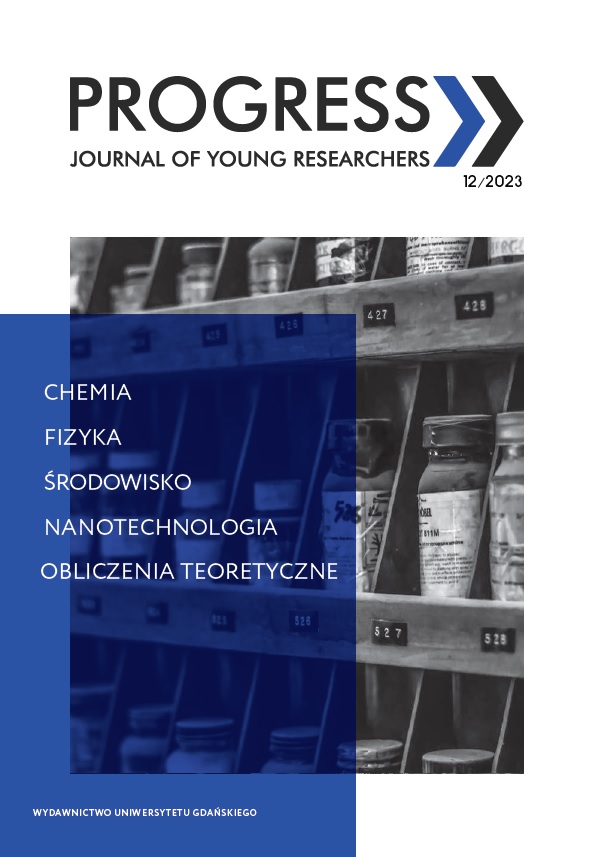Fizjologiczne znaczenie siarkowodoru
i sposoby jego detekcji w układach biologicznych
Physiological importance of hydrogen sulfide and methods of its detection in biological systems
Author(s): Daniel Słowiński, Radosław PodsiadłySubject(s): Health and medicine and law
Published by: Wydawnictwo Uniwersytetu Jagiellońskiego
Keywords: hydrogen sulfide; gaseous signal molecule; H2S donors; detection; fluorescent probes;
Summary/Abstract: Hydrogen sulfide (H2S) is a gas with the characteristic smell of rotten eggs. It has been recognized as the third gaseous signaling molecule besides nitric oxide (NO) and carbon monoxide (CO). It has been proven that H2S is synthesized enzymatically in mammalian cells from L-cysteine. These processes require the following enzymes: cystathionine γ-lyase (CSE), cystathionine β-synthase (CBS) and 3-mercaptopyruvate sulfur-transferase (3-MST). The concentration of H2S in the blood of mammals is in the range of 30–100 μM. In the brain, the concentration of this transmitter can be as high as 150 μM. Endogenous H2S, as a signal molecule, modulates blood pressure and neuronal activity, relaxes vascular smooth muscle, inhibits insulin signaling, and possesses anti-inflammatory and anti-apoptotic properties. The abnormal concentration of this biothiol in the human body is associated with various diseases, such as Alzheimer’s disease, Down’s syndrome and chronic kidney disease. Nonetheless, the biological roles of H2S still remain largely unknown. The detection of H2S in living cells is still a problem and a big challenge. Many methods for detecting hydrogen sulfide have been developed using various techniques, including electrochemical assay, absorption spectroscopy UV-vis and fluorescence assay. The fluorescence-based method using fluorescent probes has become of great importance in recent years due to the efficient detection of H2S in real-time. Four main strategies used in probe development for H2S detection include 1) azide reduction, 2) thiolysis reactions, 3) precipitation of copper sulfide (CuS), and 4) addition reactions.
Journal: Progress. Journal of young researchers
- Issue Year: 2023
- Issue No: 12
- Page Range: 10-25
- Page Count: 16
- Language: English

